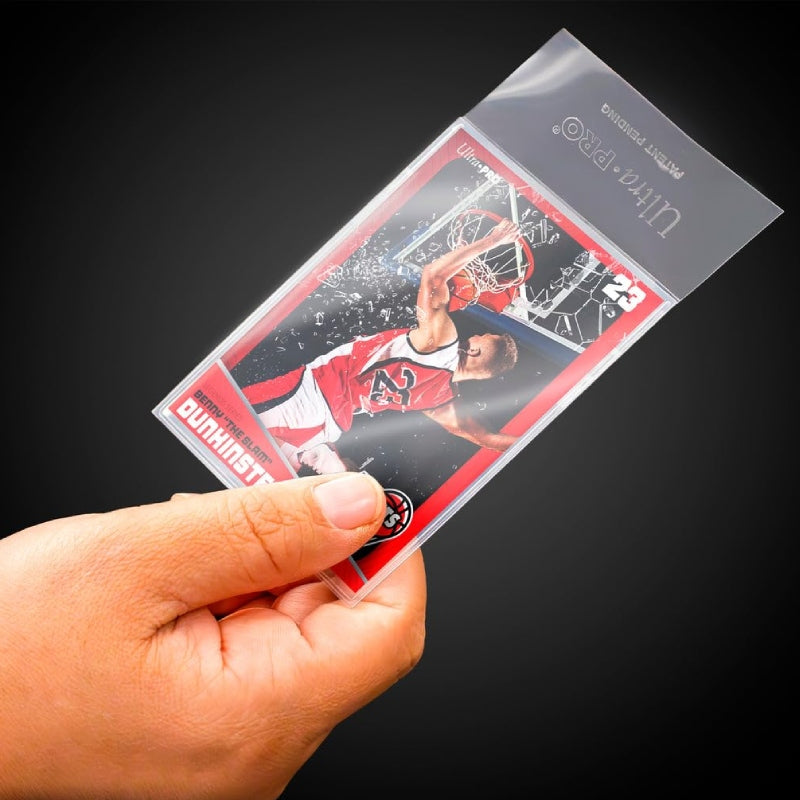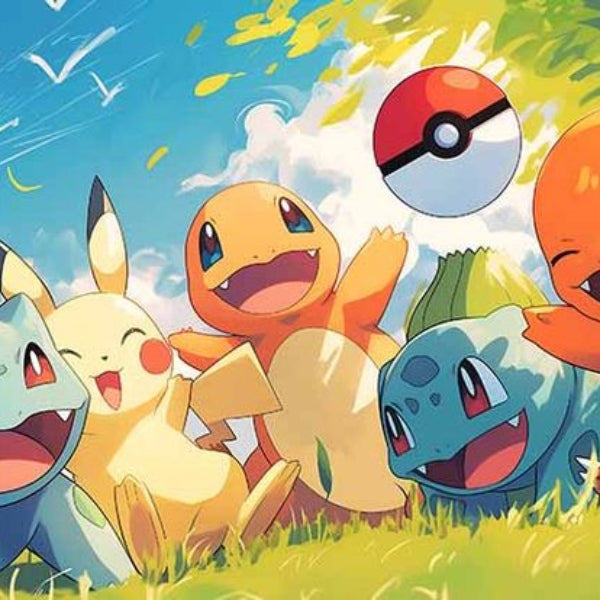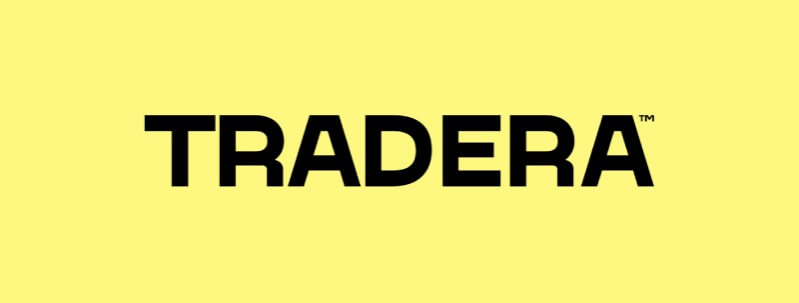Intresset för Pokémonkort har ökat markant i Sverige och globalt de senaste åren. Både erfarna samlare och nybörjare söker idag information om hur man bäst värderar sina Pokémonkort – oavsett om det gäller gamla rariteter från Basuppsättningen eller moderna EX- och Illustration Rare-kort. I denna guide får du lära dig vilka faktorer som påverkar värdet och hur du bedömer ett korts samlarvärde.
Vilka faktorer påverkar värdet?
1. Sällsynthet och utgåva
- Första utgåvan: "First Edition"-kort är eftertraktade p.g.a. sin begränsade tillgång.
- Holografiska kort: Kort med holo-effekter tenderar att ha högre marknadsvärde.
- Full Art och Rainbow Rare: Specialeffekter och artwork bidrar till ökat samlarintresse.
- Ikoniska Pokémon: Charizard, Pikachu, Mewtwo m.fl. har konstant efterfrågan.

2. Kortets skick
- Nyskick (Mint): Högsta möjliga värde.
- Veck och repor: Mindre defekter sänker värdet rejält.
- Slitage: Kort med blekta färger och skador rankas lägre.
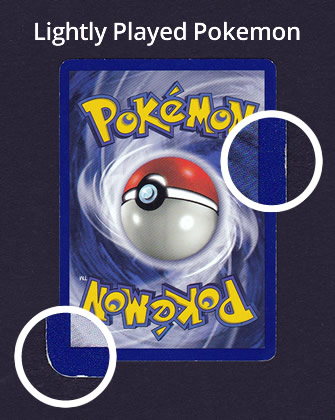
3. Popularitet och efterfrågan
- Kända Pokémon: Kort med fan-favoriter har ofta högre andrahandsvärde.
- Tävlingsspel: Kort som används i metan är ofta mer värda under deras spelbarhetstid.
4. Gradering
- Professionell gradering: Exempelvis PSA, Beckett och CGC ger objektiv bedömning.
- Högt betyg: PSA 10 (Gem Mint) ökar värdet markant.
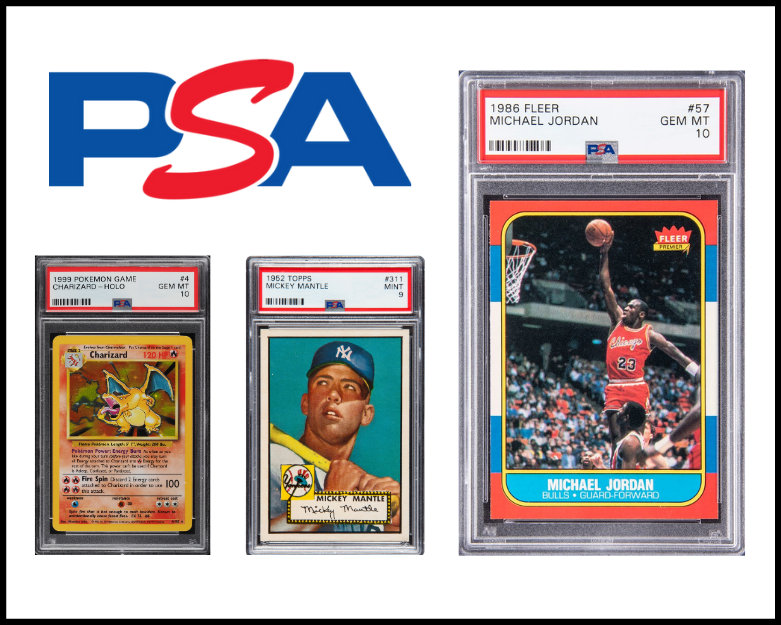
5. Marknadsplatser
- eBay, Tradera: Ger en bild av aktuella försäljningspriser.
- Prisjämförelser: Jämför försäljningar och budhistorik innan du sätter pris.
Vanliga frågor (FAQ)
Hur bedömer jag ett korts värde?
- Titta på skick, sällsynthet, gradering och efterfrågan.
- Jämför med liknande kort som nyligen sålts.
Vilka uppsättningar är mest värdefulla?
- Basuppsättningen, Neo Genesis och Expedition har högt samlarvärde.
- Även moderna uppsättningar som Scarlet & Violet – 151 och Paldean Fates har högt andrahandsvärde.
Är Pokémonkort en bra investering?
- Börja med passion – investera bara om du har intresse för hobbyn.
- Marknaden kan svänga – välj kort med långsiktig efterfrågan.
Hur påverkas värdet över tid?
- Äldre kort ökar ofta i värde med tiden p.g.a. nostalgi.
- Nya släpp kan påverka efterfrågan på äldre kort, särskilt reprints.
Hur säkerställer jag att ett kort är äkta?
- Var försiktig med ovanligt låga priser.
- Graderade kort från PSA eller Beckett ger äkthetsgaranti.
Vill du veta mer? Läs även våra artiklar:
- Så värderar du dina samlarkort
- Gradering av samlarkort – TCG-guide
- Känna igen falska Pokémonkort
- Topp 5 dyraste Pokémonkort
Kolla även in vår förhandsbokning av Pokémonkort eller bläddra bland alla Pokémonkort vi har i lager – alltid snabb leverans, äkta produkter och bonuspoäng via vårt medlemsprogram.






